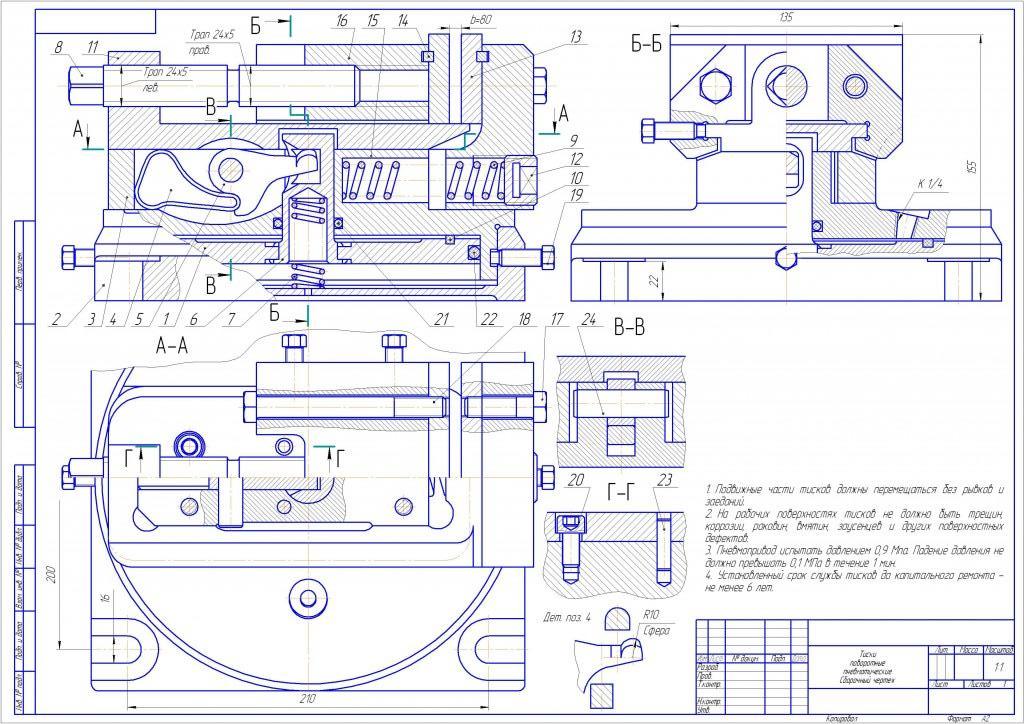
Tiski Chertezh Avtokad
(2017) • Total 35,276 Website Safed (: צְפַת Tsfat,: Tzfas,: Ṣǝp̄aṯ;: صفد, Ṣafad) is a city in the of. Located at an elevation of 900 metres (2,953 ft), Safed is the highest city in the and in Israel. Due to its high elevation, Safed experiences warm summers and cold, often snowy, winters. Safed has been identified with Sepph, a fortified town in the mentioned in the writings of the Roman-Jewish historian.
Hotel Tiski Cvet is a 3-star property located in Novi Bečej. Among the facilities of this property are a restaurant, a 24-hour front desk and a shared lounge, along with free WiFi. A tour desk can provide information on the area.
The mentions it as one of five elevated spots where fires were lit to announce the and festivals during the period. In the 12th century CE Safed was a fortified city in the Crusaders', known to them as Saphet. The captured the city in 1266 and appointed a governor to take charge of the fortress. The city also became the administrative centre of Mamlakat Safad, a province in whose jurisdiction included the Galilee and the lands up to.
Gerb sledstvennogo komiteta rf vektor 3. Under the, Safed functioned as the capital of the, which encompassed much of the Galilee and extended to the Mediterranean coast. Since the 16th century, Safed has been considered one of 's, along with, and; since that time the city has remained a centre of. Rabbi introduced interest in the Kabbalah to the city in the 16th century. Due to its mild climate and scenic views, Safed has become a popular holiday resort frequented by Israelis and by foreign visitors. In 2017 it had a population of 35,276.
Contents • • • • • • • • • • • • • • • • • • • • • • • • • • • • Biblical reference [ ] Legend has it that Safed was founded by a son of after the. According to the ( ), the area where Safed is located was assigned to the. It has been suggested that ' assertion that 'a city that is set on a hill cannot be hidden' may have referred to Safed. History [ ] Classical Antiquity [ ] Safed has been identified with Sepph, a fortified town in the mentioned in the writings of the Roman-Jewish historian. It is mentioned in the as one of five elevated spots where fires were lit to announce the New Moon and festivals during the period.
Early Muslim period [ ] There is scarce information about the town of Safed prior to the conquest in 1099. Crusader period [ ]. Ruins of the --era fortress of Safed The city appears in Jewish sources in the late. [ ] In the 12th century, Safed was a fortified city in the Crusaders', known by the Crusaders as Saphet. King built a strong castle there on a steep hill, which was kept by the from 1168., who visited the town in 1170, does not mention any Jews as living there. The remains of this castle can now be found under the 'citadel' excavations, on a hill above the old city. Safed was captured by the led by in 1188 after one year's siege, following the in 1187.
Saladin ultimately allowed its residents to relocate to., who visited the town in 1210, mentions the existence of a Jewish community of at least fifty there. In 1227, the Ayyubid emir of,, had the Safed castle demolished to prevent it being captured and reused by potential future Crusades. In 1240,, on his own Crusade to the Holy Land, negotiated with the Ayyubids of and of [ ] and finalized a treaty with the former against the latter whereby the Kingdom of Jerusalem regained itself, plus and most of the region of Galilee, including and Safed.
The Templars thereafter rebuilt the town's fortress. Mamluk period [ ] In 1260, the sultan declared the treaty invalid due to the Christians working in concert with the against the Muslims, and launched a series of attacks on castles in the area, including on Safed. [ ] In 1266, during a Mamluk military campaign to subdue Crusader strongholds in, Baybars captured Safed in July, following a failed attempt to capture the Crusaders' coastal stronghold of. Unlike the coastal Crusader fortresses, which were demolished upon their capture by the Mamluks, Baybars spared Safed from destruction.
Instead, he appointed a governor to be in charge of the fortress. Baybars likely preserved Safed because he viewed its fortress to be of high strategic value due to its location on a high mountain and its isolation from other Crusader fortresses. Moreover, Baybars determined that in the event of a renewed Crusader invasion of the coastal region, a strongly fortified Safed could serve as an ideal headquarters to confront the Crusader threat. In 1268, he had the fortress repaired, expanded and strengthened. Furthermore, he commissioned numerous building works in the town of Safed, including,, baths, and converted the town's church into a mosque.
By the end of Baybars' reign, Safed had become the site of a prospering town, in addition to its fortress. The city also became the administrative centre of Mamlakat Safad, a province in Mamluk Syria whose jurisdiction included the Galilee and the lands further south down to. According to, who died in Safed in 1327, writing around 1300, Baybars built a 'round tower and called it Kullah.'